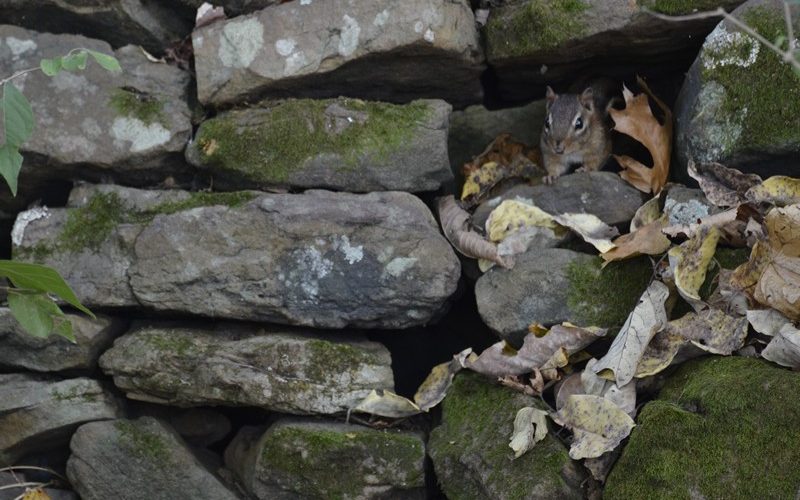Animals in Arkansas settle down for long winter’s nap
AMANDA BANCROFT
Making Ripples
This is the season when the creatures of the woods and fields are settling down for a “long winter’s nap.” But which animals are true hibernators in this region?
There is quite a variety of them. Box turtles hibernate for short periods of time across many of the southern states, according to “Turtles of the United States and Canada” by Carl H. Ernst and Jeffrey E. Lovich. The length of their hibernation varies from 77 to 154 days depending on the subspecies and the climate of their location.
Chipmunks, woodchucks, bumble bees, snails and garter snakes also hibernate in this region. Chipmunks have to wake up every few days in order to move about, eat from their cache of food and defecate. Garter snakes hibernate in groups when it’s cold. “Herps of Arkansas” explains that “areas underneath storage sheds, cracks in foundations, and similar places may be utilized for hibernation through the winter.” And of course, frogs become frozen little lumps and manage not to die using a sort of antifreeze adaptation.
The only constant is change. Science is a great example of this. According to the University of Arkansas Division of Agriculture, there has long been a debate about whether our native black bears are true hibernators, or a unique case of adaptive hibernation, or if they undergo what’s known as “torpor,” which is different from hibernation. “Biologists debate the use of the term ‘hibernation’ for bears because the body temperatures of bears do not drop as low as most hibernators like woodchucks and ground squirrels during winter. Some hibernation researchers, however, consider bears to have adaptations that are superior to other hibernators, particularly in the areas of nitrogen and bone metabolism.”
According to the Yellowstone National Park Service, “For many years some people did not consider bears to be true hibernators. Many scientists now consider bears to be super hibernators.” This means that they’re better adapted for hibernation than other true hibernating species. According to the US Fish and Wildlife Service, black bears are not classified as “true hibernators” due to their body temperature being too high and their ability to roam around if food is available during winter.
But Wikipedia, citing the National Park Service in the most recent source on the matter, claims that “black bears were once not considered true or ‘deep’ hibernators, but because of discoveries about the metabolic changes that allow black bears to remain dormant for months without eating, drinking, urinating or defecating, most biologists have redefined mammalian hibernation as ‘specialized, seasonal reduction in metabolism concurrent with scarce food and cold weather.’ Black bears are now considered highly efficient hibernators.” We’ll let the scientists duke it out on that one. Regardless of what words we use to define a category, the bears’ behavior and physiology remains little changed.
The amazing feat of hibernation can compete with Santa’s flying reindeer and magical habit of popping down chimneys. One might even describe hibernation as a sort of miraculous adaptation showing just how remarkable nature can be.
Amanda Bancroft is a writer, artist, and naturalist building an off-grid cottage for land conservation on Kessler Mountain. She and her husband Ryan blog about their adventures and offer a solar-hosted online educational center on how to make a difference with everyday choices at www.RipplesBlog.org.










